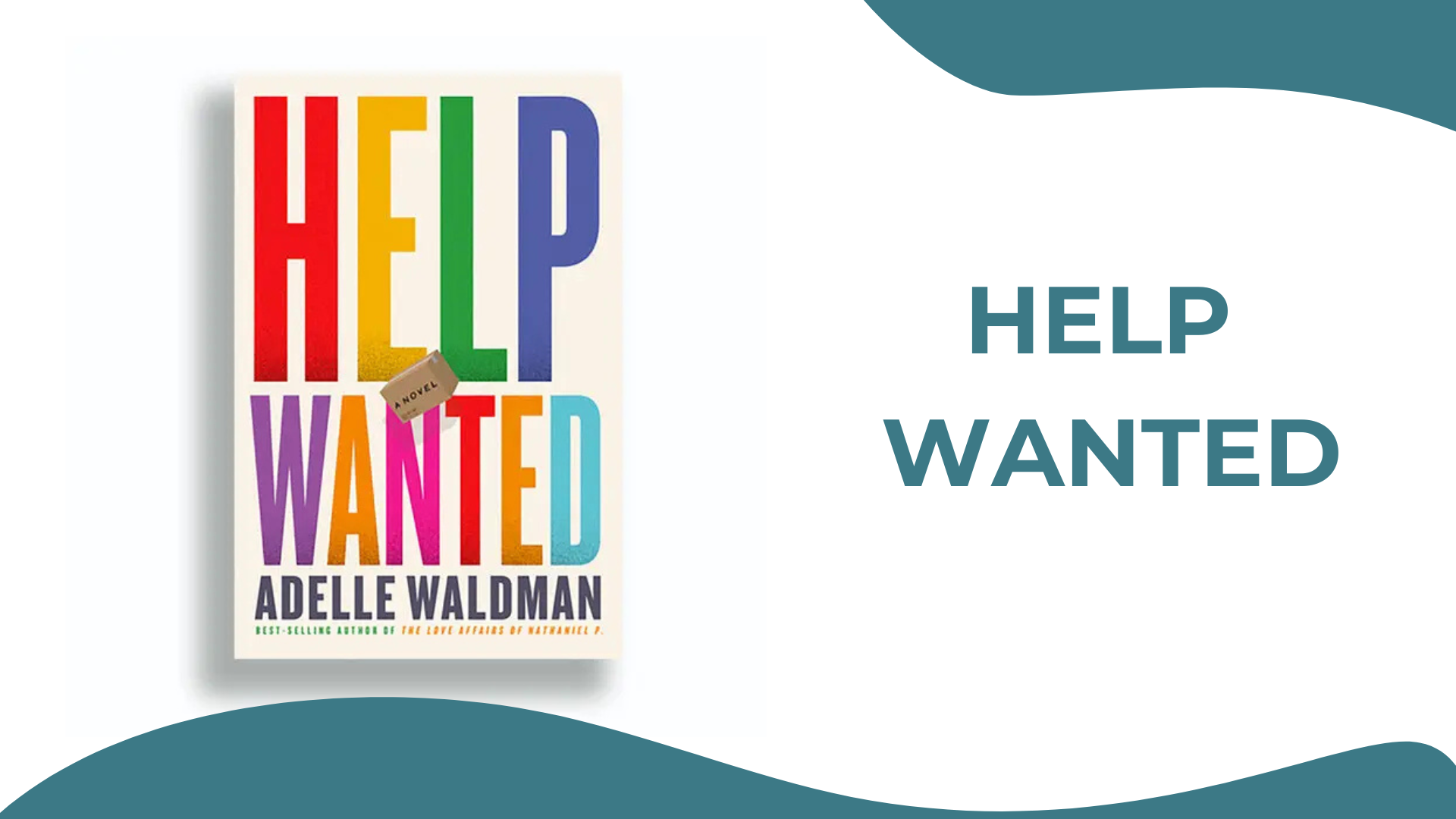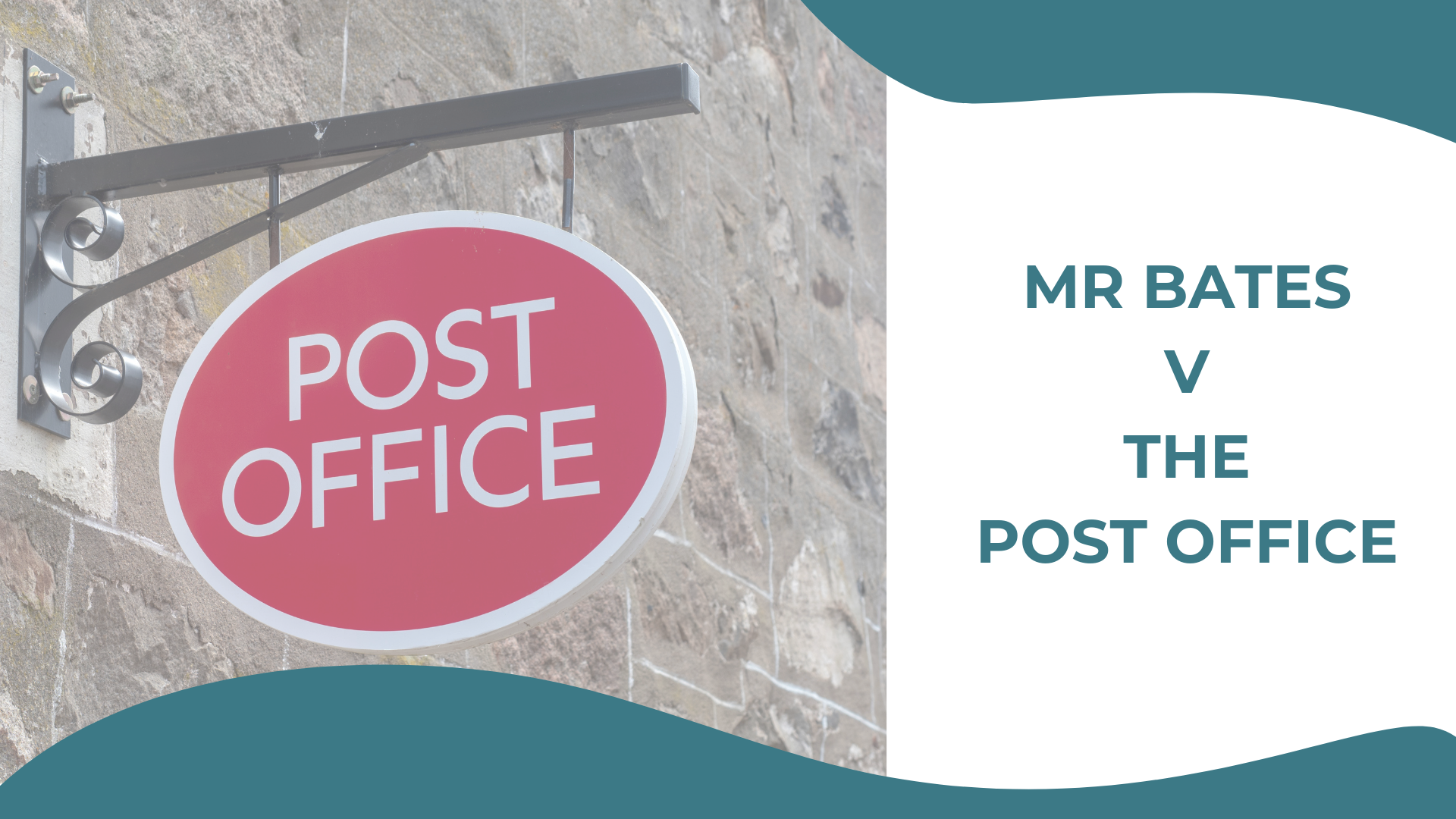Where we invest our energy is always something we need to pay attention to. More so in this current time of great uncertainty and disruption.
I don’t know about you, but if I don’t check myself I find I can spend many hours following news stories and looking at social media, getting wound up by the ills of the world and the behaviour of others.
There’s nothing wrong with following the news and using social media per se. The question we need to be honest with ourselves about is how much of our time and emotional energy is being expended on things we cannot control or influence, as opposed to the things we CAN control or influence.
At its best, focusing on the things we cannot control can be called horizon scanning. This activity can be really helpful if thinking about how we might anticipate and respond to changes in the external environment. A more difficult and emotionally draining preoccupation with the things we cannot control leads us into the space of ‘anticipatory grief’ as David Kessler puts it. (Kessler co-wrote with Elizabeth Kubler-Ross The 5 Stages of Grief and developed what is commonly known as the change curve).
Anticipatory grief is the feeling we have about an uncertain future. It usually centres on death but is also related to our imagined future. With Covid-19 we know something bad is happening, but we can’t see it. This attacks our sense of safety and we are feeling this loss of safety, of predictability, of routine, of certainty. Focusing on the things we cannot control heightens this grieving for our lost world.
When we work with leaders, we often use the visual below to ask them to explore where they put their energies and attention. They map the things they are currently focused on against the three areas – what they can control and have authority for; what they cannot control but only appreciate, and what they can influence:

We often find a disproportionate amount of time and emotional energy is spent on issues outside of a person’s control. Understanding this gives us an opportunity to refocus our attention on the things we can do something about – either directly or indirectly – and restore balance to our thinking and focus.
Understanding where our time and emotional energy is focused in these turbulent times is even more important. The visual below offers some suggestions that we hope will provoke you to think about how you can better adapt to the new reality of home working and social distancing. You may want to add your own thoughts to this visual.

As you reflect on this visual ask:
- Where am I expending most time and emotional energy?
- Am I focusing on those areas I can do something about or am I focused on those things outside of my control?
- What practical steps can I take to channel my energies into those areas that will have maximum impact on the lives of those around me?
One of the things we often under-appreciate and under-estimate is just how much influence we have. Your influence is limited mainly by your willingness to use it. For example, we may not be able to influence how long this crisis lasts, but we can influence those around us in how we respond to whatever comes our way. It’s an interesting thought. A final set of questions you might ask are:
- Who and how am I influencing currently?
- How do I want to use my influence going forward?
The choices are yours.
We hope you find this helpful. Please let us know what you think of this article. If you find it helpful, please share it with colleagues and others in your network. Discover more insights at Mightywaters.




